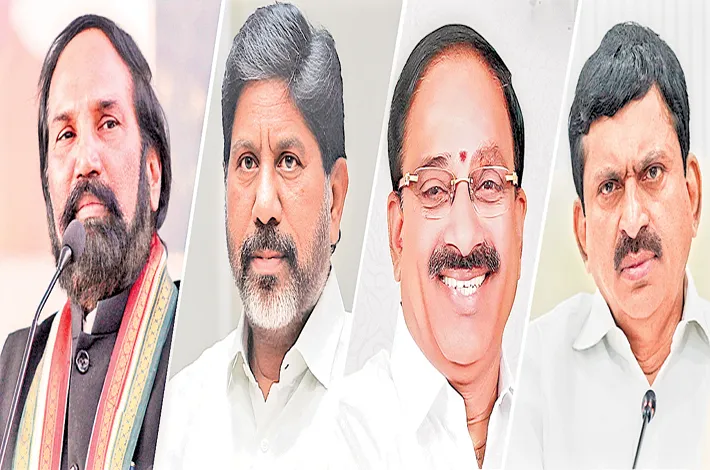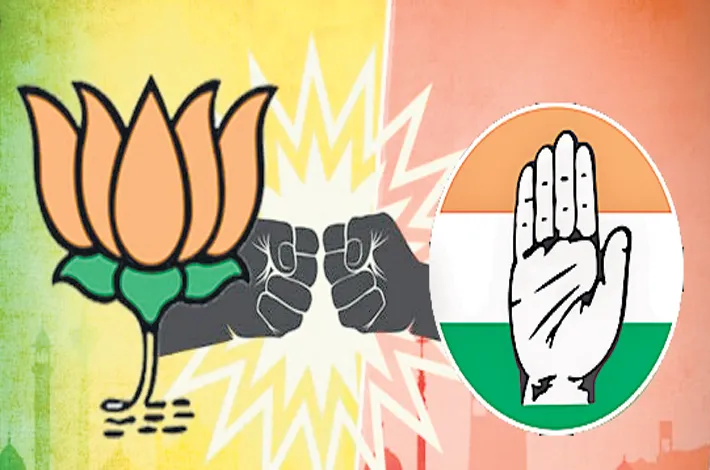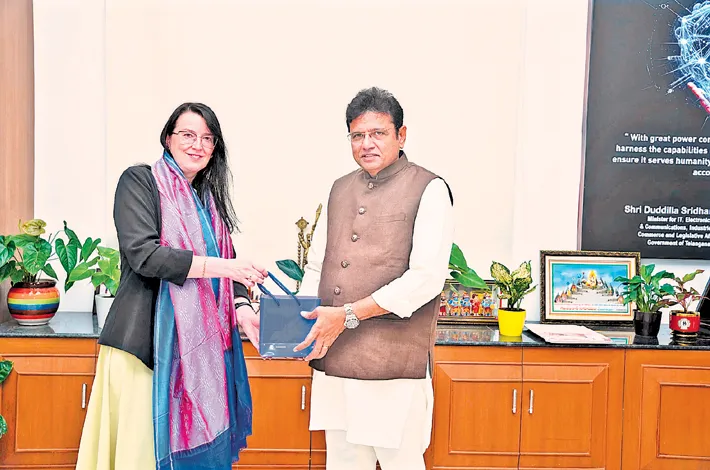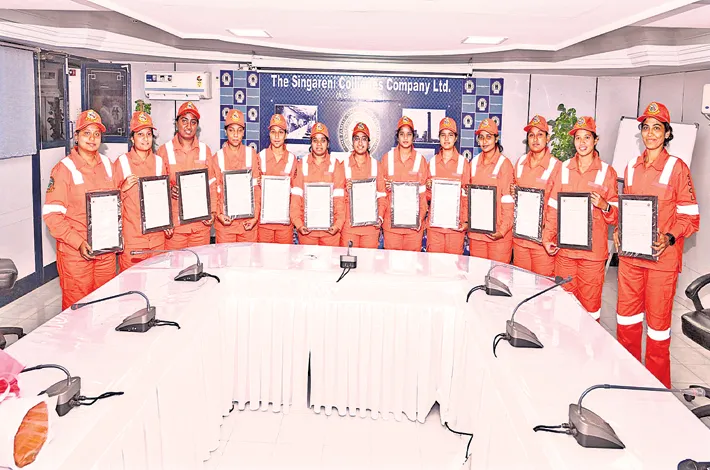Predicting trends: a collective exercise in learning, experience
10-03-2025 12:00:00 AM
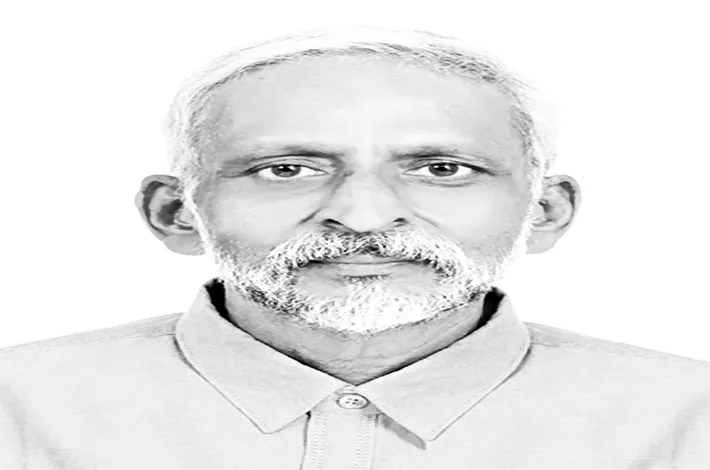
The future will be characterised by upheavals as well as unprecedented opportunities with a shift in power structures from govts to communities
Predicting the future is both an art and a science. We all look ahead and try to anticipate what lies ahead. However, the degree of variance remains almost constant — with or without collective inputs and deliberations. A recent collaborative experiment, with “Wild” as its core theme, embraced unpredictability and exploration at the reunion of the Class of ‘87, IIM Ahmedabad, at Pench. The predictions were made by professionals from diverse fields, with many choosing their area of interest rather than their area of expertise to predict. Here are some of the predictions:
Plandemic: Another pandemic, sarcastically labelled ‘plandemic,’ will instil fear globally. However, many more will resist precautionary measures and vaccination. The prediction reflects a divided society and its response to crises, shaped by ideological affiliations, information, consumption habits, new revelations, memory, and conspiracy theories.
India and Modi: India’s astrological charts reveal turmoil and greatness. The Kala Sarpa Dosha suggests that the country must constantly struggle to rise above challenges. Despite that, destiny favours India’s ascent to global prominence. Mars Mahadasha, from September 2025 to September 2032, hints at aggression, conflicts, and transformation – a time of geopolitical shifts, internal reforms, and perhaps military or economic struggles. PM Modi’s drive and aggression align with the country’s ambitions and a golden period until November 2028.
Trump: Donald Trump’s future appears turbulent. He may face significant personal and political challenges, potentially affecting his survival (politically or otherwise) till September 2027, marking the second innings with volatility. July 2028 to Nov. 2029 may be especially troubled by scandals, health concerns, or governance crises.
China-India bhai bhai: With the US in shackles and unpredictable, China and India will move closer to each other for trade. China and India both need each other in this coming period of interdependence. India needs China to kick in the required GDP growth, and China needs India for political reasons and for Xi to manage the growing internal disparity.
New generation: In the younger generations, the pursuit of wealth is taking a back seat to experiences like travel, learning, adventure, and personal growth. This reflects a growing acceptance of reality as it unfolds, moving away from materialism towards meaningful interactions. Brands and economies focused on experiential consumption are set to flourish. The hospitality, education, and entertainment sectors will adapt to satisfy this demand.
Emotional security: Emotional insecurity will characterise the next generation. Economic instability, social fragmentation, and digital overload will intensify feelings of isolation. Politicians and brands addressing these anxieties will find receptive audiences. Those offering genuine, lasting solutions will cultivate loyalty and reshape societal structures. This could lead to platforms focusing on mental well-being and communities built around shared values.
Rise of fact-checkers: Amidst the misinformation and the surge of fake news, mass media and social media platforms will be forced to adopt veracity ratings, similar to CRISIL ratings for financial instruments. This will encourage the rise of fact-checking organisations to assess the credibility of news stories, social media posts, and digital content. Transparency will become a competitive advantage, and AI-driven tools will play a key role in real-time fact verification.
Cybercrime and security services: With AI tools, cybercrime will surge exponentially. Traditional banking security will become inadequate. A new industry, third-party wealth security services, offering layered authentication and meticulous verification will emerge. The financial ecosystem will experience the emergence of secure vault services, AI-driven fraud detection, and regulatory frameworks centred on cybersecurity.
Rise of the third pillar: The societal imbalance where the state and market gain strength while community institutions lose ground will rectify itself in the coming years. Social institutions will organically rise in power, forcing state and market actors to become more accountable. Expect grassroots movements, decentralised problem-solving, and new-age cooperatives to redefine civic engagement.
Dalit meritocracy: Long-term Dalit support and promotions will reflect in Dalit meritocracy. Even a small number of Dalits succeeding in various fields, such as business, education and politics, based on their merit, abilities and hard work, will result in visible role models challenging societal barriers. They will inspire others within Dalit communities to aspire to higher goals, creating a positive cycle of ambition and accomplishment.
AI Will Surprise Us: Innovation is not merely incremental, it has a life of its own, shaped by historical idiosyncrasies as odd as a rocket’s width, tracing back to two horses pulling a cart side by side. The same unpredictable lineage makes AI’s trajectory both dazzling and fraught with peril: if its goals diverge from ours, the repercussions could be catastrophic. AI could rewrite the rules of civilisation, offering unprecedented solutions while posing existential threats. The challenge is ensuring that the next evolutionary technological leap is anchored to human values.
Conclusion: The coming years will be characterised by upheavals but also unprecedented opportunities. We will observe a shift in power structures, from governments and corporations to communities and individuals, testing resilience and adaptability. Those who recognise these patterns early will survive and thrive in the new world order. The future, while uncertain, is undeniably exciting.





